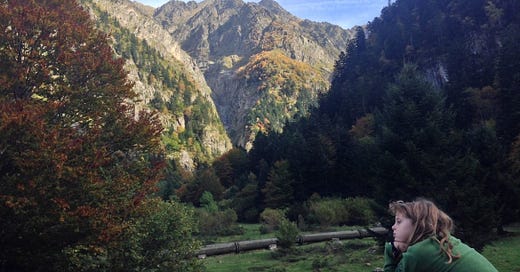Falling under the spell of the Pyrénées Mountains
High on our list of places to visit when we first moved to France in 2014 was the Pyrénées. On a clear day, one could see the snow-capped peaks from Toulouse, beckoning to those who wanted to escape city life. And so, on the first vacation for the kids, that’s what we did.
Amid the frenzied weeks of settling in and getting the kids enrolled in schools, w…
Keep reading with a 7-day free trial
Subscribe to French Crossroads to keep reading this post and get 7 days of free access to the full post archives.




